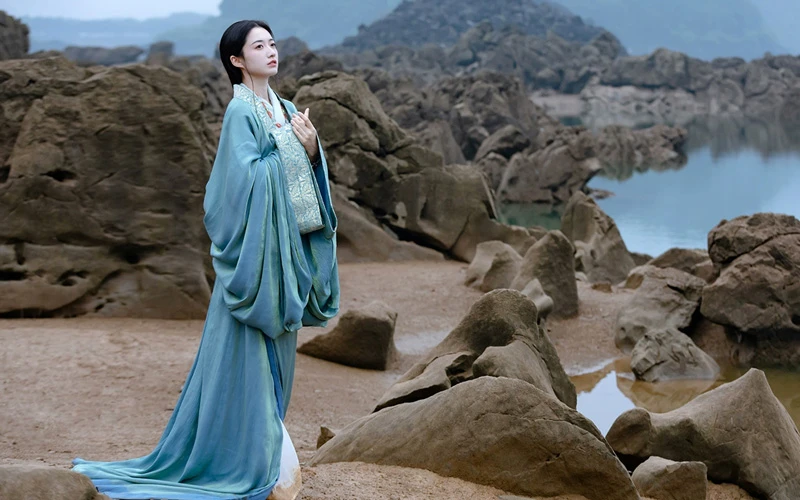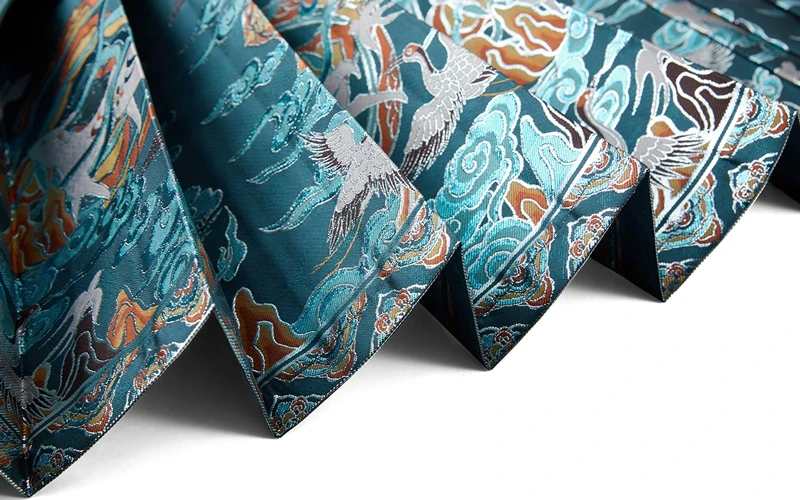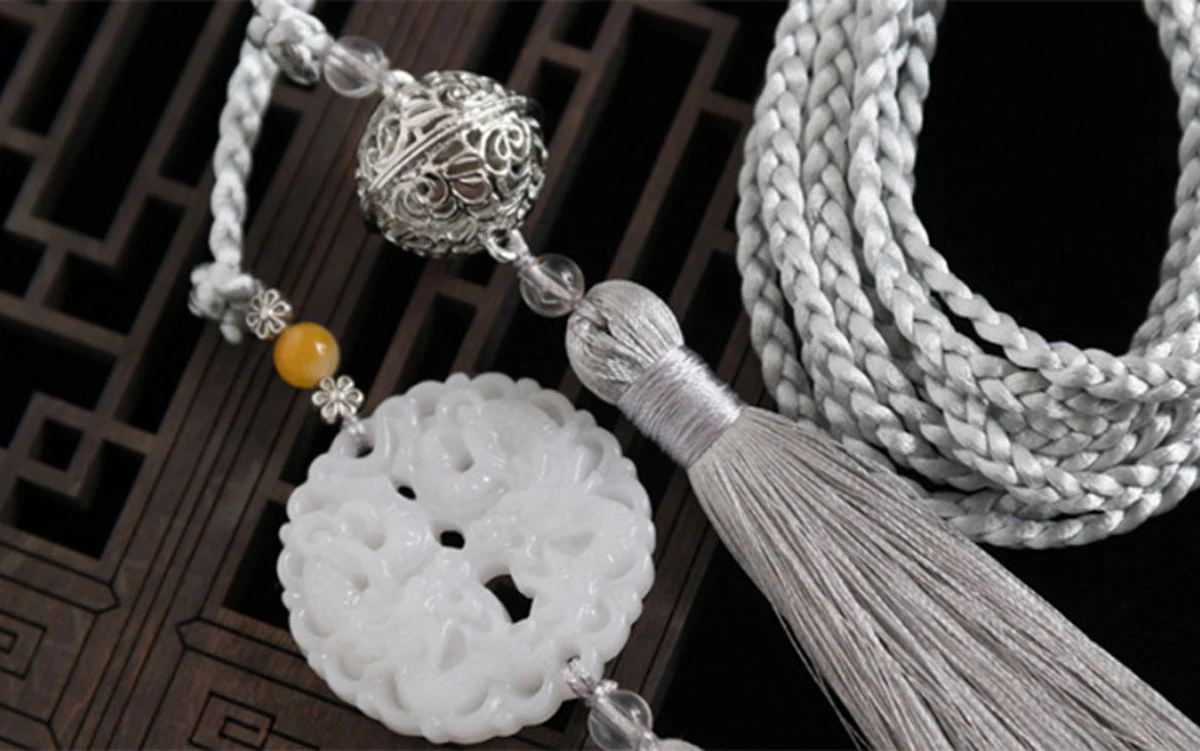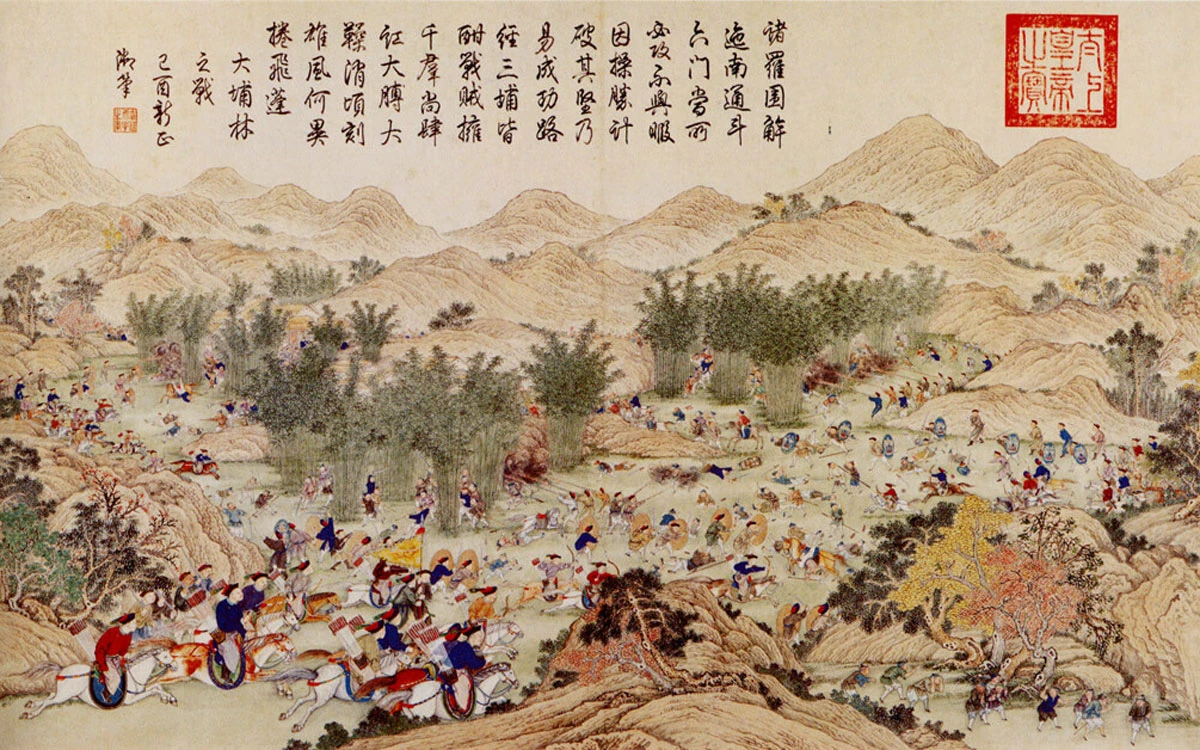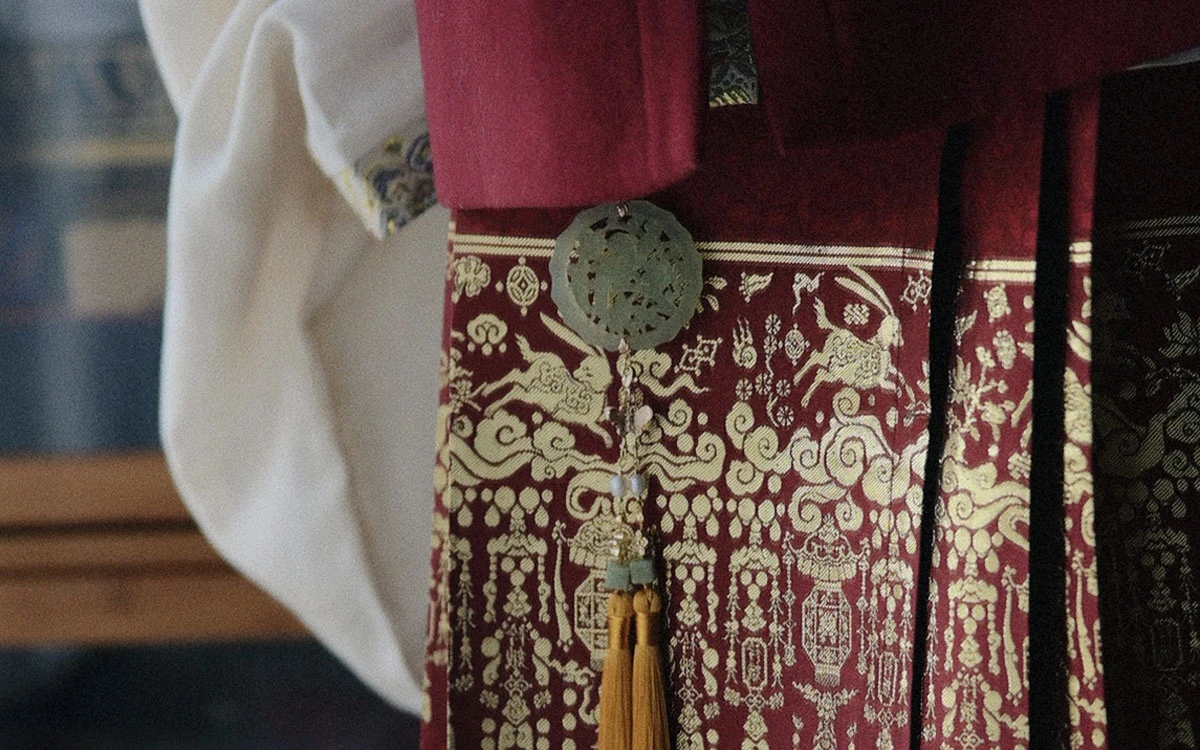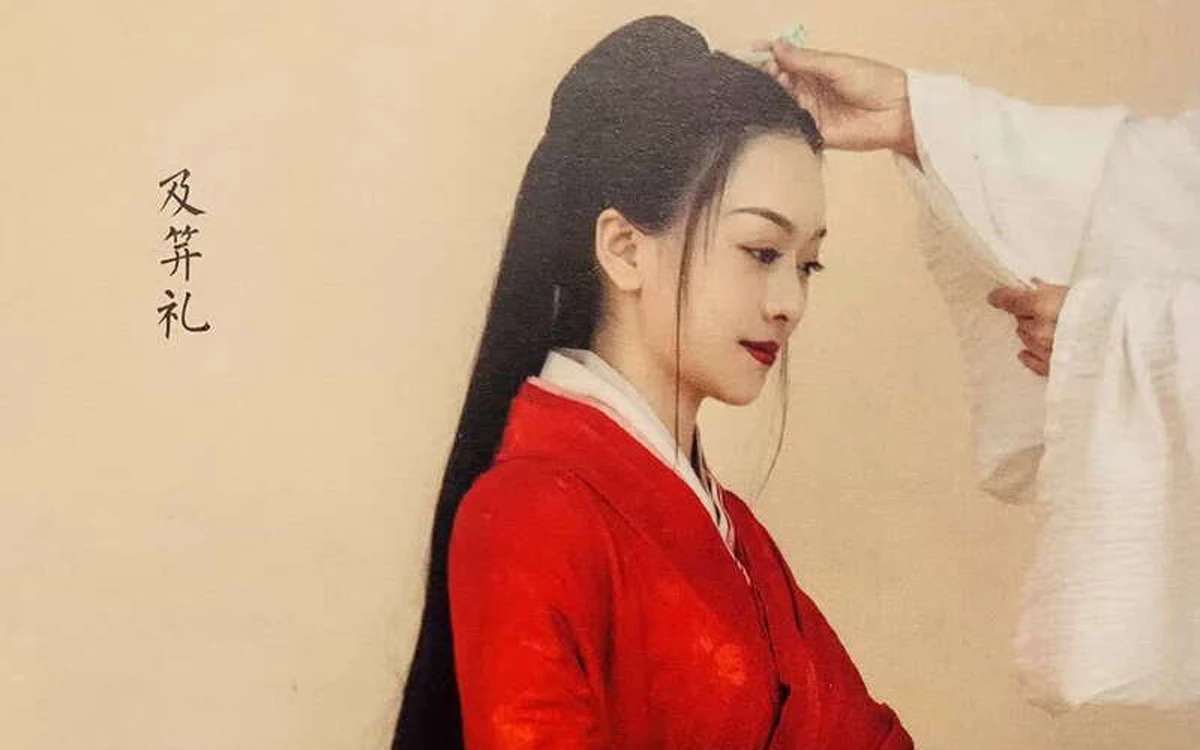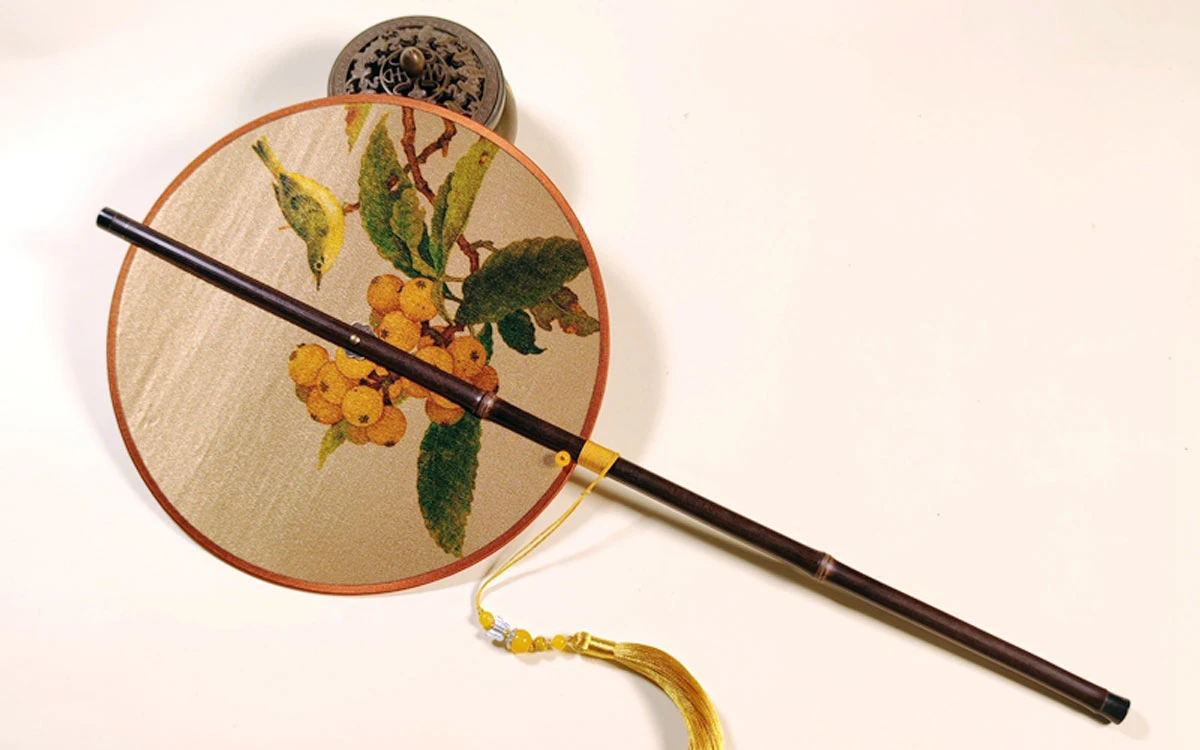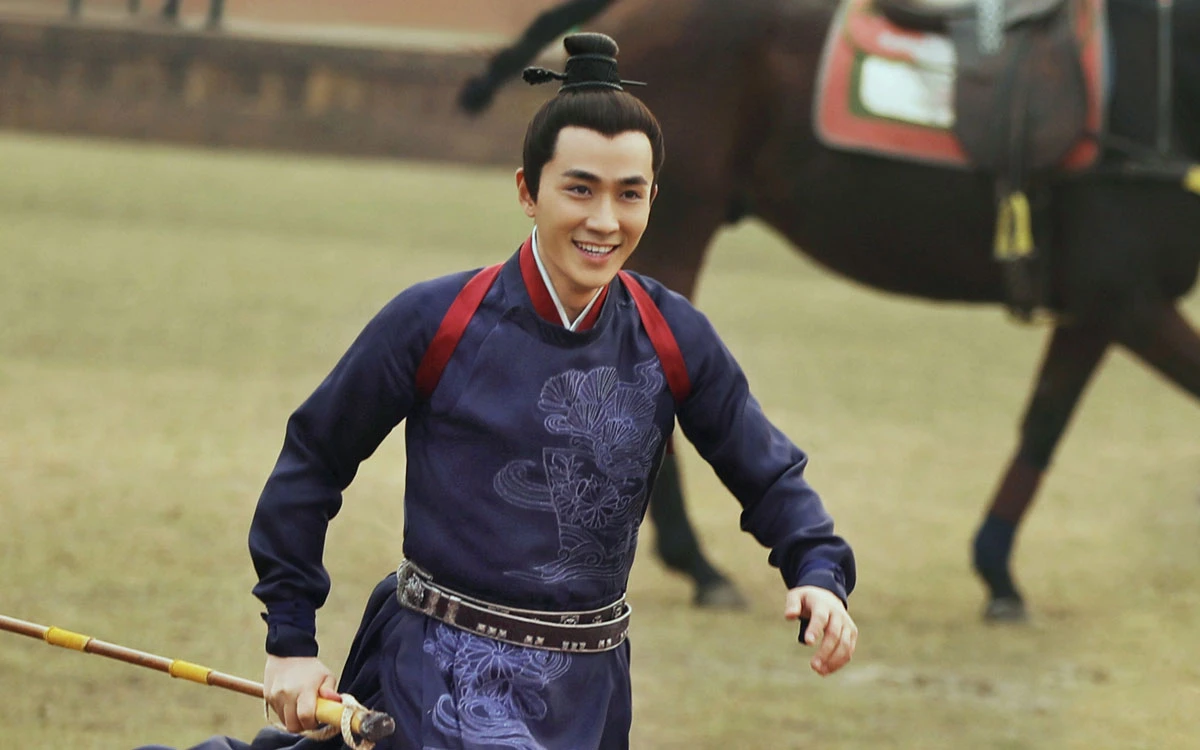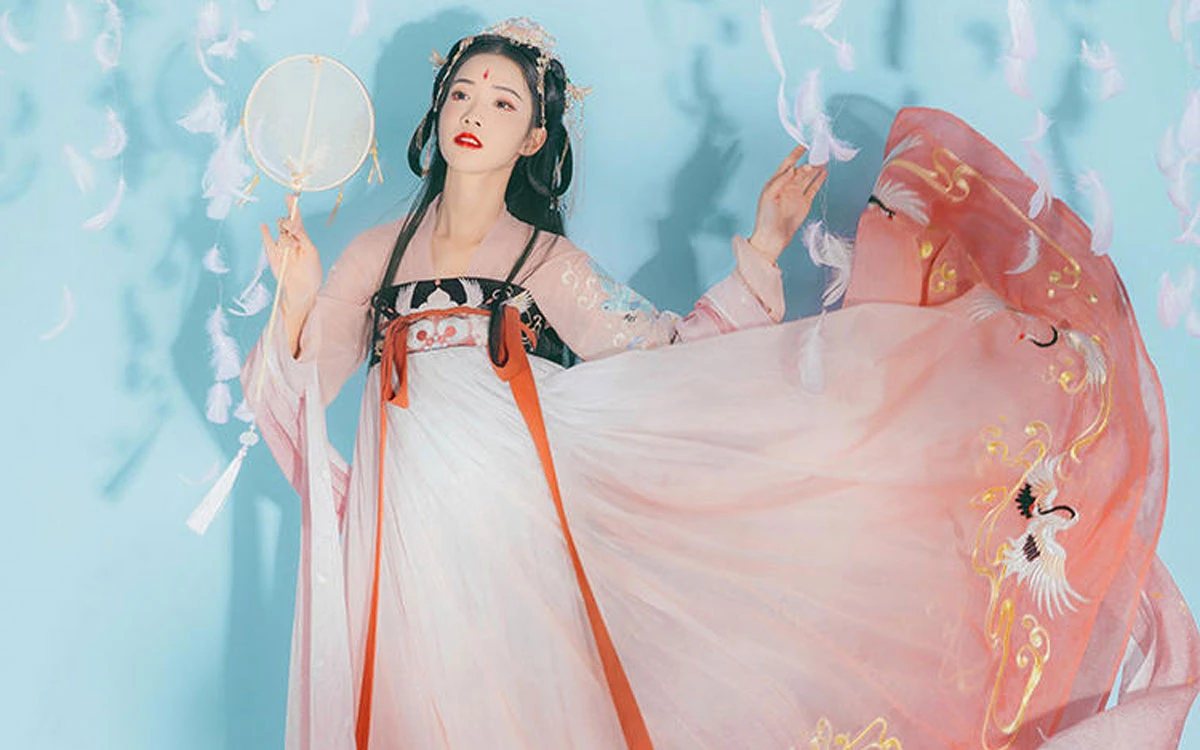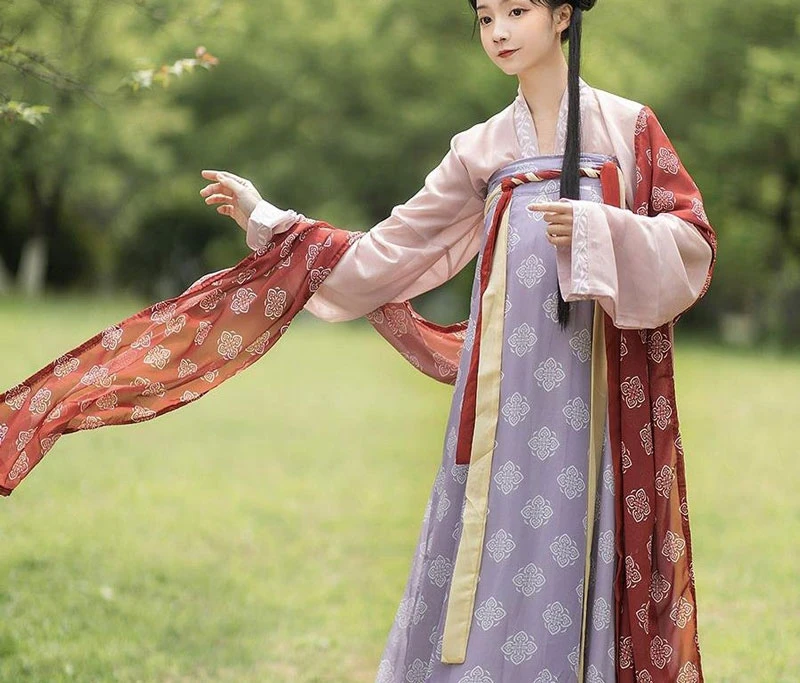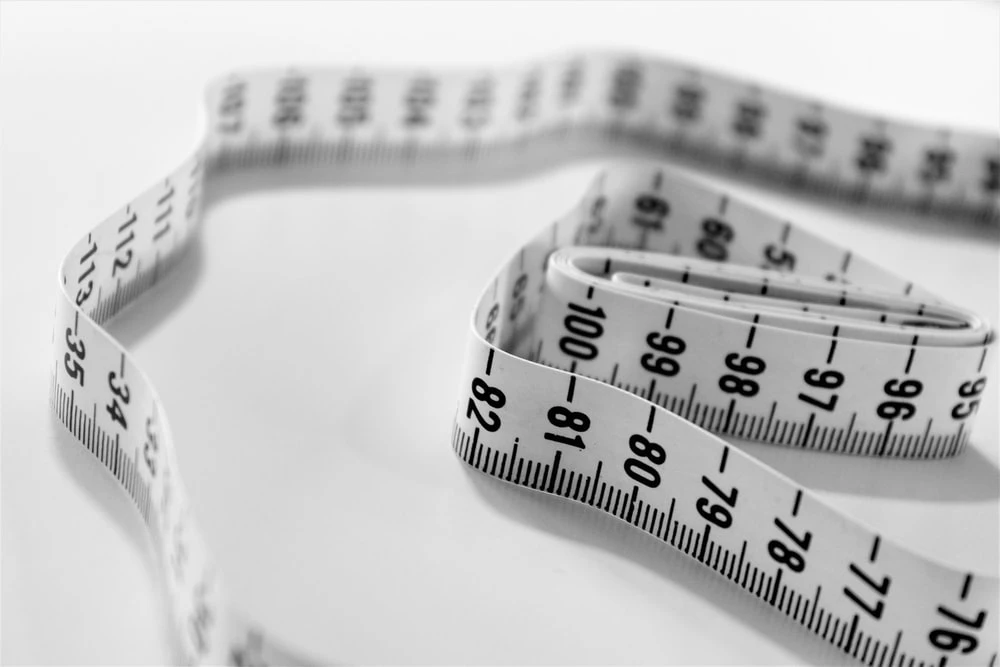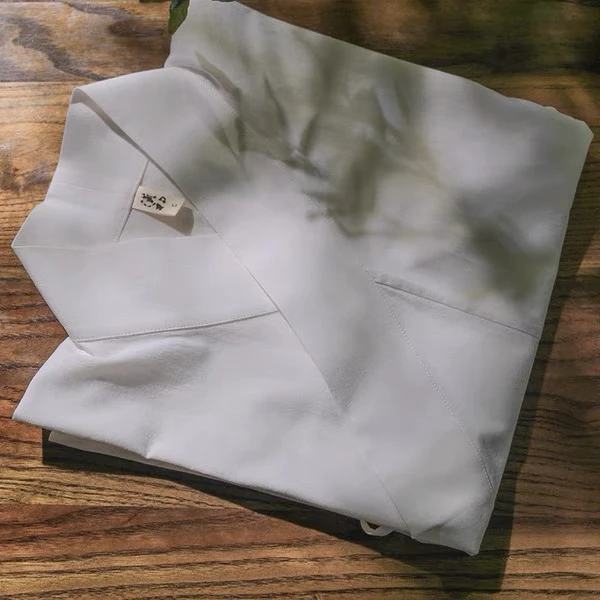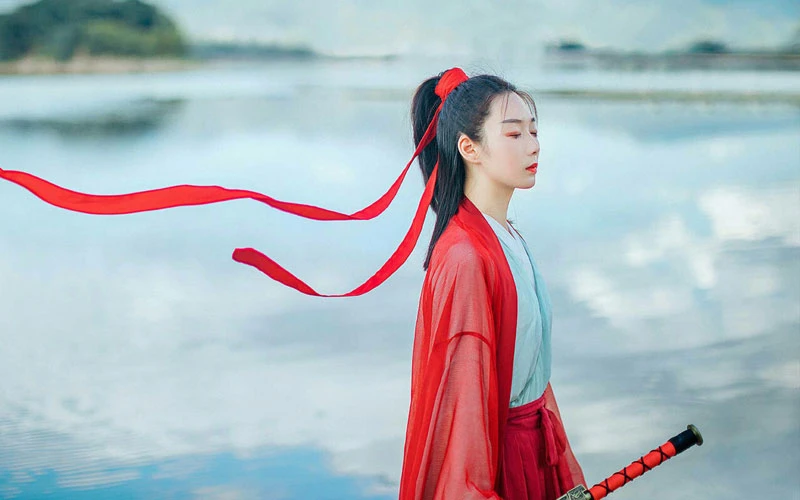
The Basics of Hanfu
The basics of Hanfu, including: the basic structure of Hanfu, the basic styles of Hanfu, and the composition of each part of Hanfu.
Total 34 Articles
Topics: 8
-
Unveiling the Traditional Hanfu Warring States Robe
In the rich tapestry of Chinese history, traditional clothing is not just a matter of fabric and fashion; it's a vivid reflection of cultural values, social hierarchy, and artistic expression. Among these historical garments, the Hanfu Warring States Robe stands out as a symbol of elegance and a repository of stories from a time when China was divided yet culturally vibrant. This article delves into the mesmerizing world of the Hanfu Warring States Robe, a garment that encapsulates the essence of an era marked by turmoil, sophistication, and enduring legacies. In this journey through time, we will explore the origins and evolution of the Warring States Robe, its significance in the broader context of Hanfu and Chinese history, and how this ancient garment continues to influence modern fashion and cultural identity. Join us as we trace the golden threads of history, discovering the timeless elegance and profound symbolism embodied in the Warring States Robe. What is Warring States robe? The Warring States robe, literally speaking, refers to the robes and garments from the late Eastern Zhou Dynasty and the Warring States period. The main reference for the current Warring States robe on the market is the cultural relics from…...April
- 1k
- 1
-
Finding the Perfect Hanfu Mamian Qun: A Guide to Choosing the Right Style for You
Recently, the popularity of Mamian Qun (horse face skirt) shows no sign of waning. On November 23rd, at the opening night of VOGUE Forces of Fashion, Tong Yao's appearance in a Mamian Qun caught the attention of netizens. Mamian Qun are gradually integrating into our vision and lives. In light of this trend, I believe many people are eagerly longing to own a horse-face skirt, so let us follow the Hanfu Shidai explore the details to consider when selecting and styling a horse face skirt. I. Selection Stage Step 1: Size First and foremost, a suitable size that fits and contours to the body curves is crucial for a perfect outfit. Similar to a suit, one can choose to follow the size chart or opt for made-to-measure when selecting a Mamian Qun. Whether based on the size chart or personalized tailoring, the primary measurements to consider are height, waist circumference, and hip circumference. These factors will influence the choice of skirt length, waist length, and hem circumference. If we choose to purchase online, merchants often provide a size chart for customers to make their selection. By referring to the table, one can choose accordingly based on their own size…...Jane
- 1.1k
- 1
-
Hanfu Accessory: Gong Tao History and Differences With Si Tao
Vocab Palace Belt - 宫绦, gōng tāo, is an accessory worn around the waist to prevent dresses from flowing in the wind. It is commonly paired with hanfu for a simplistic look and referred to as such in modern times. Silk Belt - 丝绦, sī tāo. An accessory that ancient Chinese people used to refer to. However, it was not only used as a fashion accessory but also on fans or flutes. Zhiduo - 直裰, zhídāo. A traditional Chinese robe worn by scholars and officials during the Ming and Qing dynasties. It has a straight-cut Mandarin collar without openings and is a formal attire reserved for special occasions. It is worn over long shirts and wide trousers. Tassels - 流苏, liúsū. In ancient China it had different names, such as 穗子 (suìzi), 缨旒 (yīng liú), and 流苏 (liúsū). Nowadays, 流苏 (liúsū) is the most commonly used name for tassels. Silk ribbon- 绶, shòu - the ribbon with a jade or officials seals at the end. History of Gong Tao The Palace Belt, known as 宫绦 (gōng tāo), is an accessory that dates back to the Warring States Period. It is a long woven rope with tassels attached on both…...秋
- 1.2k
- 4
-
Through the Dynasties: A Summary of Hanfu Historical Context
So maybe you’ve been interested in hanfu for a while, and you’ve vaguely started to pick out the differences between Ming Dynasty aoqun and Tang Dynasty heziqun, but you still have no clue what the order of the time periods are or even what they were characterized by. Upon a quick sift through Wikipedia, there’s just wayyyyy too much information to process, and you don’t even know what information to look for—what matters to your understanding of hanfu culture. Fear not! Here’s a compendium of what you need to know about the historical context of hanfu. The Structure of Ancient Chinese History There’s a phenomenon in Chinese history that we call the Dynastic Cycle. Ancient China was ruled over by many different time periods called Dynasties, each with a family of rulers, and most of these follow the same general scheme: the central ruling power is established, the population goes up and the country flourishes, corruption starts affecting the political scheme, people revolt, and the country either dissolves into several warring states or gets conquered by another group of people. Then one state emerges victorious over the other ones or the invaders, the next dynasty is established, and the…...redsugarx
- 1.5k
- 3
-
Hanfu Accessory: Jin Bu History and Purpose
Vocab “Step ban” or “walking ban” - Jin Bu (禁步, jìn bù) - an accessory often matches with hanfu. It is an accessory that is threaded together with jade stones and hung over a hanfu dress. Jade pendant - Yu Pei (玉佩, yù pèi) - also an accessory made of silk threads, beads, and jade stone that hung at the waist. But yùpèi are much simpler than Jin Bu, oftentimes it is just a jade with one or two beads tied together with thread. Oftentimes there will be no silk or bead tassels at the bottom like Jin Bu. Materials Jin Bu are usually made up of colored silk threads, jade beads, and jade pendants combined together. There may or not have tassels made up of silk thread at the end of the accessory. If not, the tassels may also be made up of threaded beads. Jin Bu in the past were made up of precious stones, and since they are threaded, they will clash together when walking making jade clash. If this is heard now people might not think much about it, but the etiquette and customs were stricter in ancient times, especially on feminine etiquette and how…...秋
- 1.8k
- 5
-
History of Ancient China Hair Accessories: Ji
Vocabulary Ji, 笄 (jī) - the most simplistic hair accessories to secure updos used by ancient Chinese. Zan, 簪 (zān) - a more complex version of Ji. What hanfu hairpins are now called. On one end are accessories, and the other is a pin that is inserted into a hair bun. Chai, 钗 (chāi) - also a hairpin quite similar to Zan. Chāi have two split pins on one end. The two pins will get pushed into the hair bun and stay much more securely than one pin in Zan and Ji. Guan, 冠 (guān) - literal translation is "crown". The crown in ancient China looked more like a net hat that encompassed hair buns within. Based on the crown, any sort of hairpin can be used to further secure the hat to the head. Materials and Purpose Ji are considered the earliest and plainest hair accessories. It takes on the shape of a stick with or without a simple carved out design on one end and a single stick on the other. It is often carved out of a single piece of material or cut out separately then assembled at the end. This accessory is said to exist even…...秋
- 1.5k
- 2
-
Hanfu Accessory: Yaoshan History and DIY
A brief history of waist fan (yaoshan) and steps to DIY one for anyone interested. Vocab Tuan Shan: moon-shaped fan, 团扇, tuánshàn; Zhe Shan: folding fan, 折扇, zhéshàn; Yao Shan: waist fan, 腰扇, yāo shàn; Ping Feng: screen, 屏风, píngfēng. Introduction When it comes to hanfu, one accessory that it is paired with is a fan. Well-known types of fans are moon-shaped fan and folding fan. But there is another type of fan known as Yao Shan, which translates as "waist fan." The reason why it is called a waist fan is that it can easily be secured at the waist when not used. When the fan is needed, you can just slip it out of the belt and open it up by twisting. It's unlike others where you will either have to constantly hold or unable to close it to take up less space. Waist fans contain characteristics from both moon-shaped fans and folding fans. It took the common round surface of a moon-shaped fan and the ability to close and open when needed from a folding fan. But the round shape is just a common shape everyone goes by. Moon-shaped fans have expanded from simply using a circle…...秋
- 1.5k
- 2
-
The History and Usage of Traditional Panbo
Brief history on Chinese tool panbo and how it is different in the past when compared to Japanese tasuki....秋
- 1.9k
- 5
-
4 Types of Hanfu Skirt Hem Length
A detailed descriptions of hanfu skirt's hem. There are different hem lengths to a hanfu skirt, you can follow these descriptions to choose the one suitable for you....秋
- 869
- 2
-
7 Types of Hanfu Skirts That You Should Know
As requested by user @Wei on my Mamianqun article, here’s a little summary of all the most popular hanfu skirt (qun or 裙) types and what the difference between them is! I’m not going to go into as much detail as the previous article since my goal is to go through them all quickly and teach you the differences between them, but I’ll be including some brief details on their name, history, construction, and features so that you can better understand the huge variety of skirts in hanfu. Let’s start off with some basics rules hanfu skirts tend to follow. Skirts are made up of one or two pieces of fabric, usually, and they take the shape of a flat piece of pleated or non pleated cloth that gets wrapped around the body and tied in place by ribbons/ties. There are very few exceptions to this, except in hanyuansu, which is modified hanfu for convenience and style. The waistband of the skirt is usually 6-8cm wide and made with a different piece of fabric than the body of the skirt, which the body of the skirt is then attached to—this is referred to as the skirt head (裙頭). But even…...redsugarx
- 6.6k
- 12
-
Common Measurements of Hanfu - Wear Guide
Hey everyone! So there were a couple people in my hanfu server asking about what different kinds of measurements of hanfu were. I answered and did a little compilation of the most basic measurements that you'll see on most sizing charts, if you're choosing a size and buying from a vendor, as well as some that are often used to create patterns and the like. Hope that it's a helpful reference! I've included both traditional and simplified characters in this for better reading and some of my own notes as helpful explanations, let me know if there's any questions you need answered. Body Measurements Let’s start with the basic measurements of your own body. 身高 - Height. Usually in centimeters, if you don’t understand any of the other measurements, this is the one you want to go by. 體重/体重 - weight. often comes up in either kg or lbs, and it’s pretty easy to figure out which one through common sense. I would recommend that you don’t trust this one too much though since everyone is like… a different density. 三圍/三围 - three rounds, the standard starting point for more detailed measurements. These include the three below: 胸圍/胸围 - the…...redsugarx
- 2.4k
- 4
-
The Basics of Hanfu Underlayers
Ready to start deepening your hanfu wardrobe? Start looking into some of your closet staples here: hanfu underlayers!...redsugarx
- 2.6k
- 6
